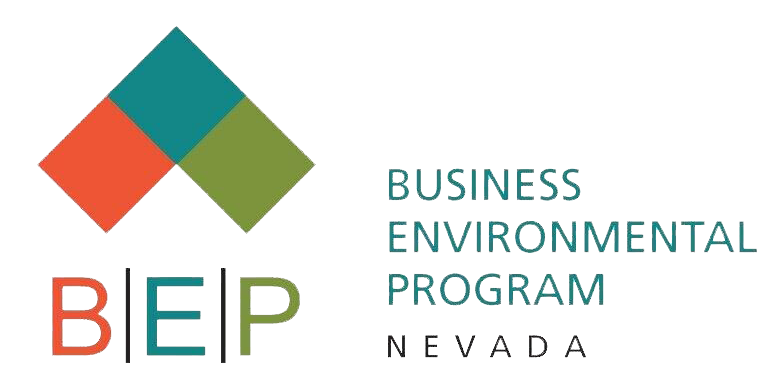
BEP is proud to partner with EPA’s ENERGY STAR to co-brand the Action Workbook for Small Businesses in Nevada. Energy efficiency is the fastest, least expensive, and largest single solution for simultaneously saving energy and money and preventing greenhouse gas emissions.
The Action Workbook provides a start to finish approach for taking advantage of energy efficiency savings including setting goals, creating and implementing an action plan, evaluating progress and recognizing achievements. There are also helpful guides for project financing and working with contractors and some specific tips for restaurants, auto dealers, hotels, grocery stores, manufacturers and home-based businesses.
Don’t spend more than you need to on your utility bills. Download your free copy today and start saving money! Contact BEP if you need assistance developing your own energy efficiency strategies.
